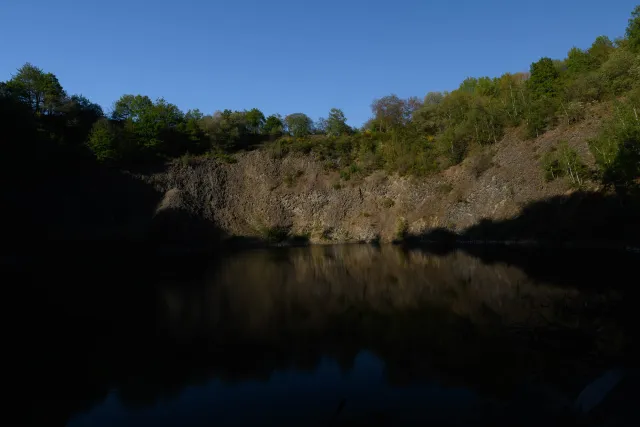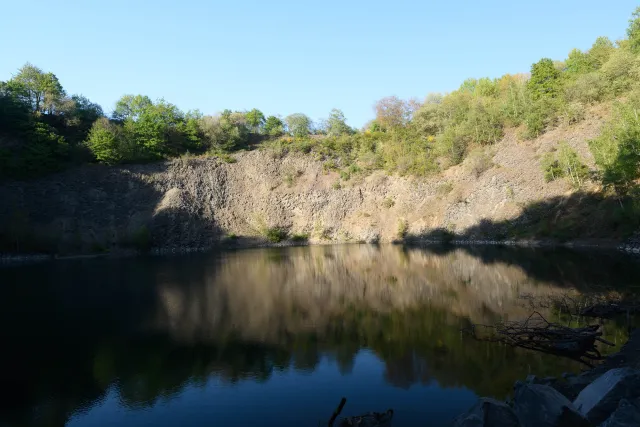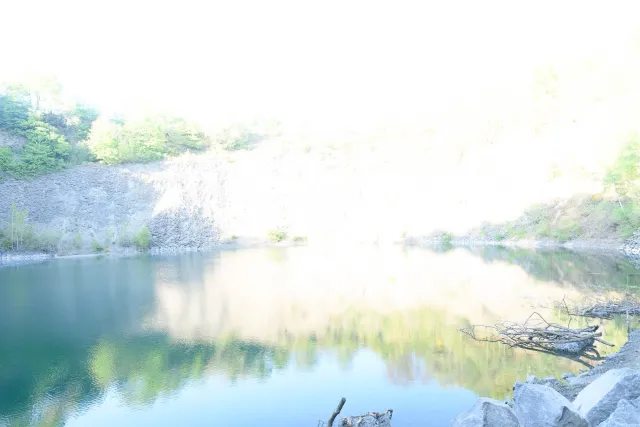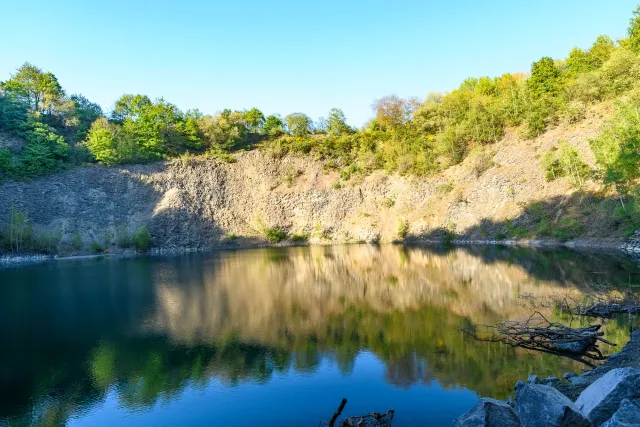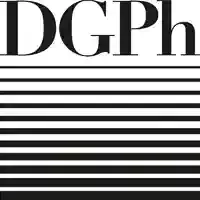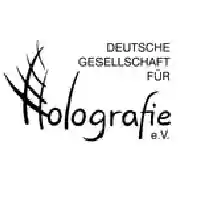The HDR display technology is primarily intended to compensate for the restricted dynamic ranges of digital sensors. If subjects have very bright and at the same time very dark areas, the details in the (overexposed) bright and (underexposed) dark areas disappear with a single shot. Just think of the window flooded with daylight, which - when properly lit - makes the surrounding objects disappear in the dark. With HDR technology, multiple shots of a subject with different exposure values are now taken and then offset by software so that the structures are retained in all areas. A typical exposure sequence with five exposures would then include the variations of the exposure value -4, -2, 0, +2, +4. Only the shutter speed is varied. The aperture is kept constant. The sample photos of the basalt lake in Eulenberg were taken with aperture f /8.0 and the following exposure times:
- 1/1250 sec
- 1/320 sec
- 1/80 sec
- 1/60 sec
- 1/40 sec
With the Nikon D850 used, the corresponding exposure series can be set directly by selecting the exposure value difference (here 2). The intervals between the subsequent shots with this exposure series should be as short as possible in order to keep possible changes in the subject (clouds, wind, etc.) as small as possible. With Nikon cameras, this can be optimally achieved by selecting the appropriate bracketing series and then starting the recording with the self-timer (camera in fast continuous shooting mode) - then the selected series is captured completely frame by frame. An alternative would be five single shots with a remote release (camera in single shot mode). It makes sense to use a tripod. The technology for image stabilization of modern lenses and cameras (VR (Vibration Reduction) mode at Nikon) basically allows free-hand sequences with short exposure times and a steady hand (and exhaled!).
The HDR display technology also allows the development of your own "look". There are various software solutions that use special algorithms to calculate the desired HDR image. These can also be configured and saved as individual "presets" so that identical invoices applied to different motifs lead to a special look. The Photomatix program offers many setting options here and some of the existing standard presets lead to sample photos 3 to 9.


